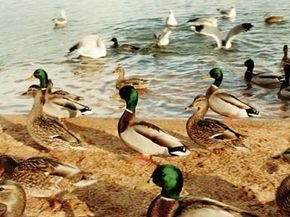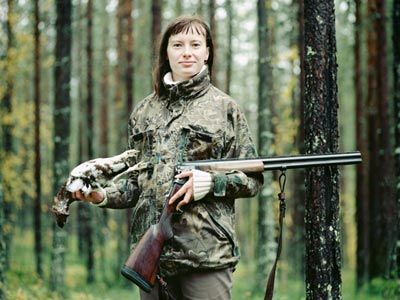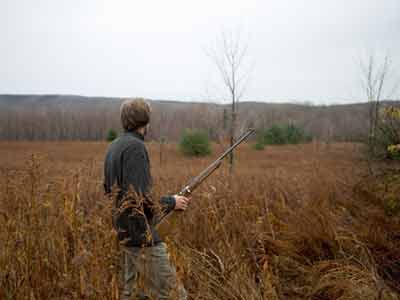Many conservation groups are created because of the desire to help animals or to conserve natural resources. Few groups are started based on an idea blown in by dirty winds during a war and immediately following a massive economic depression.
Ducks Unlimited (DU) has a rich and resourceful history that started with very humble beginnings during one of the country's worst periods. It's grown by leaps and bounds to become one of the world's most recognized conservation organizations.
Advertisement
Though founded by sportsmen to help save declining waterfowl populations, DU works for more than just birds. The wetlands they create, restore and maintain are meant to be home to many diverse species of animal and plant life. Their work benefits waterfowl, hunters, wildlife and our environment.
In this article, we'll look at the early years, when John Knapp founded Ducks Unlimited and then continue to follow DU through the milestones it has enjoyed over the years. From increased waterfowl populations to more than 1 million members, DU has succeeded in making a name for themselves among conservation groups [source: Ducks].
The mission of Ducks Unlimited covers more than just increased duck populations. Their vision and code of values encompasses ethics, team work, wise financial investments, passion, decisions based on science and credibility, and of course, waterfowling. The article also covers their mission and whether DU has been successful in achieving their conservation goals.
If you find yourself interested in Ducks Unlimited once you start reading, the article also has information on how to become a member, as well as other ways to support the organization and the more than 900 species of wildlife it conserves and protects.
As with most things in life, it helps to start at the beginning. Read on to discover the history of Ducks Unlimited.
Advertisement


